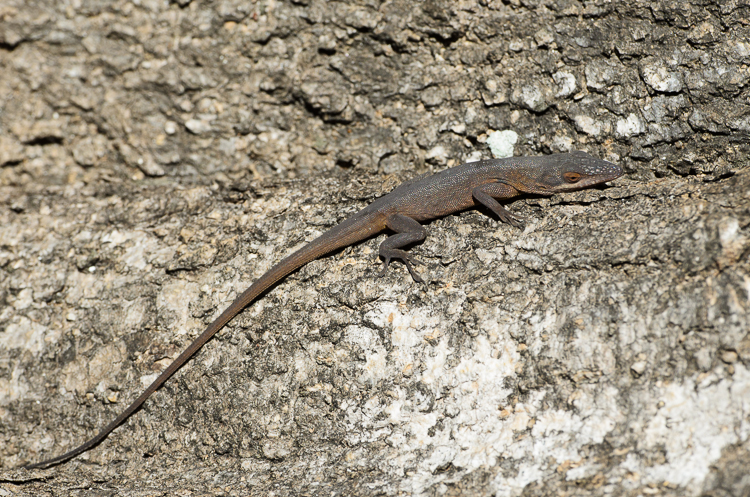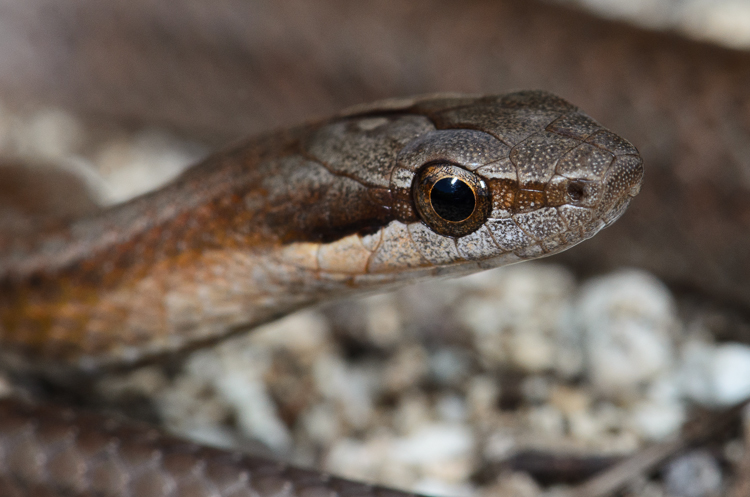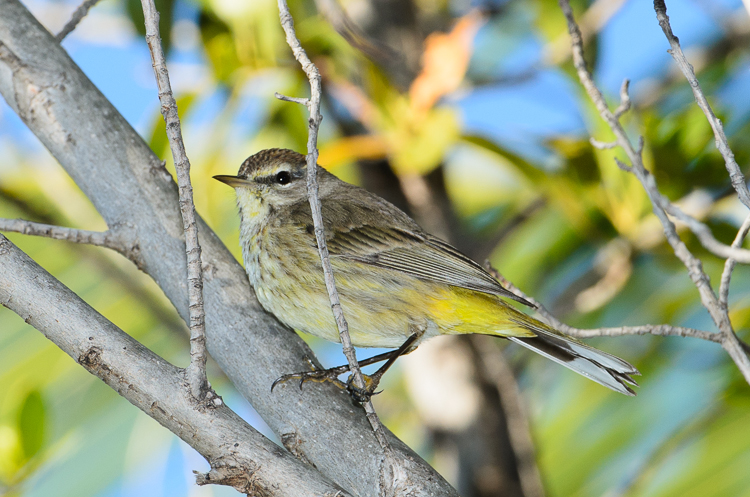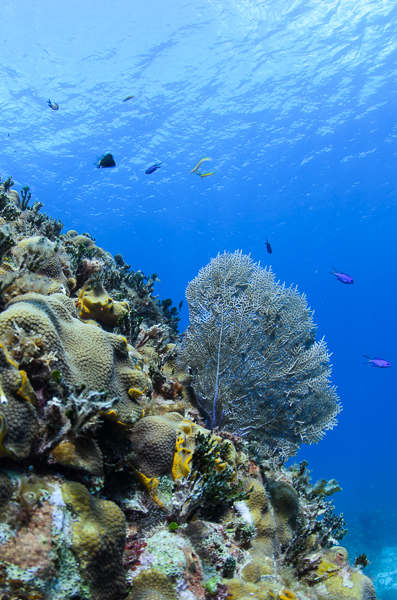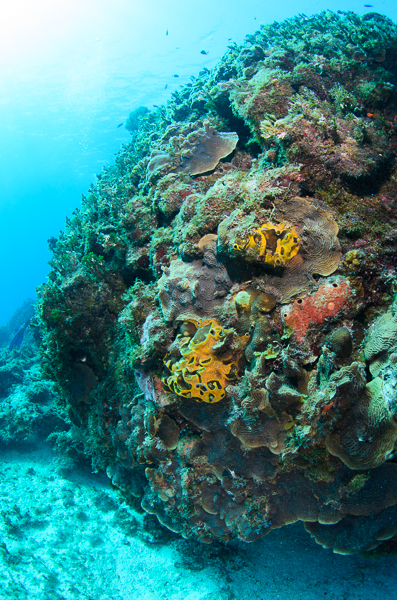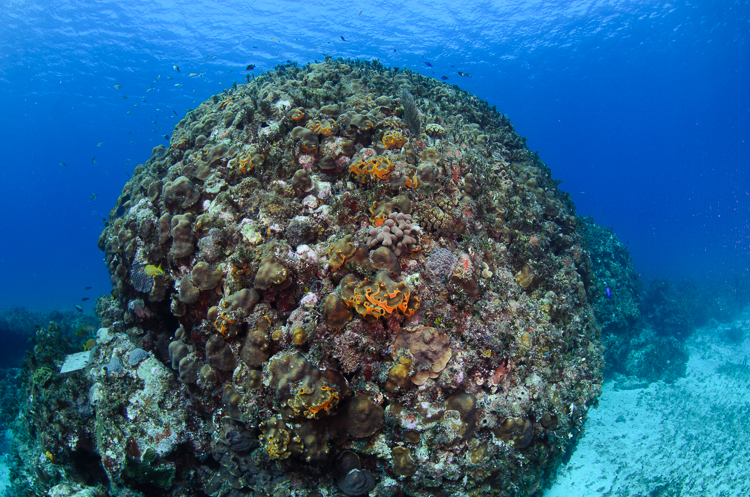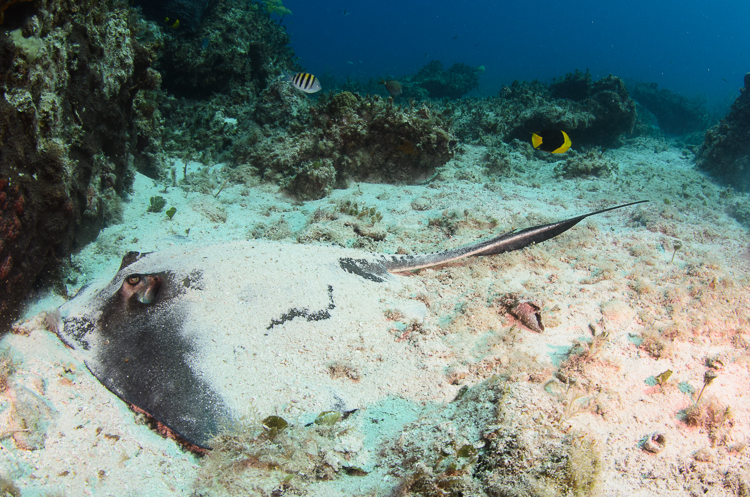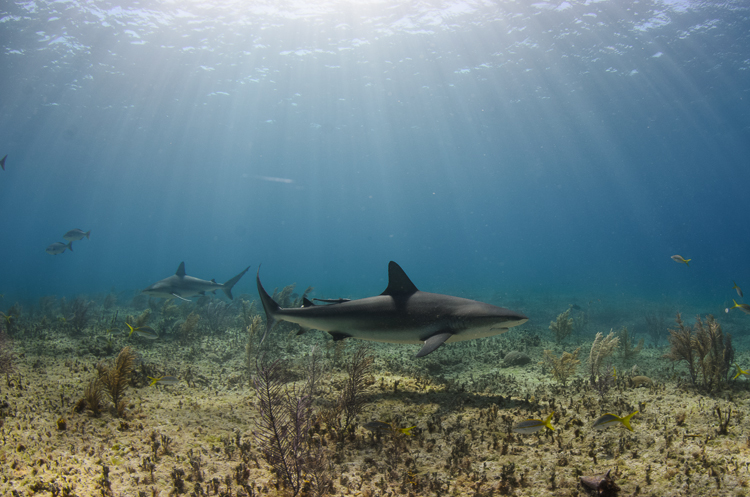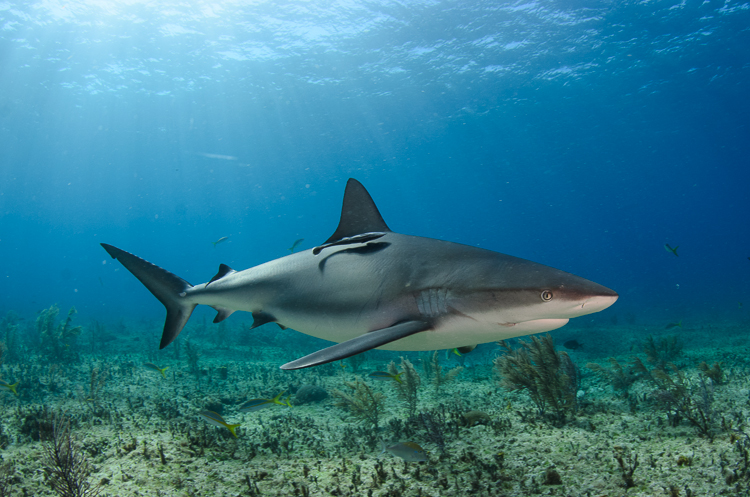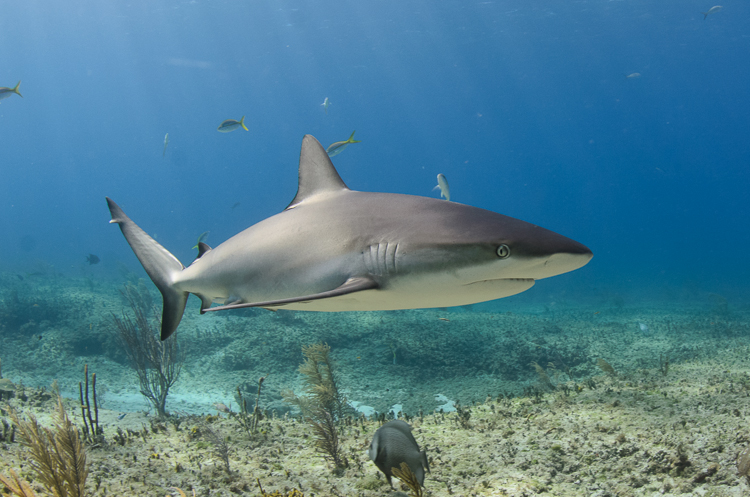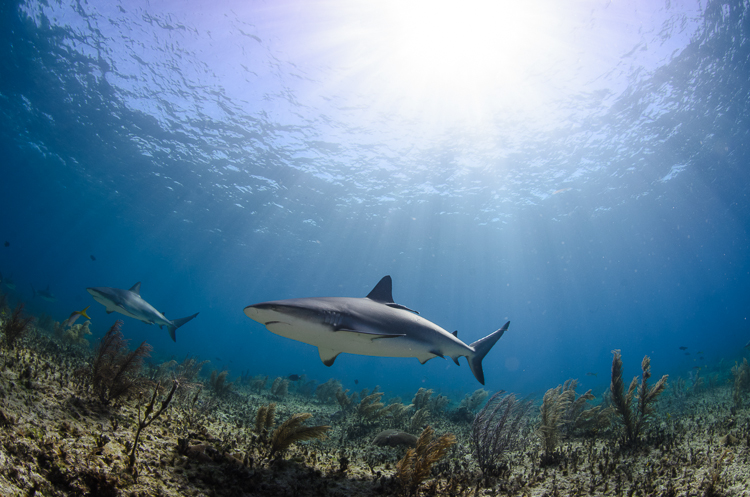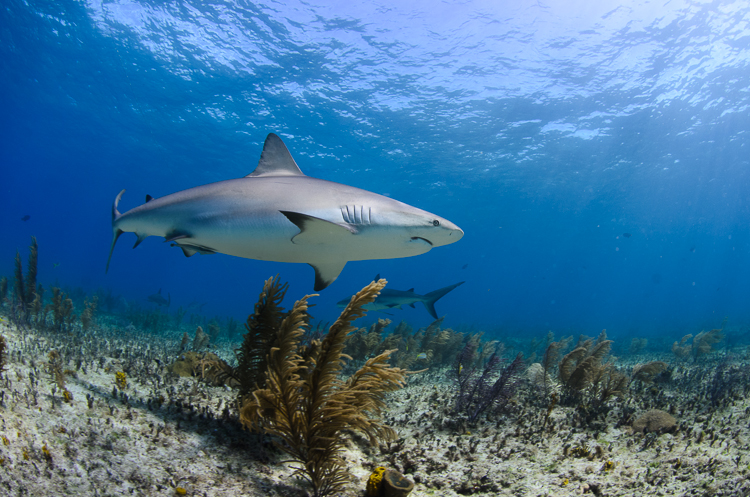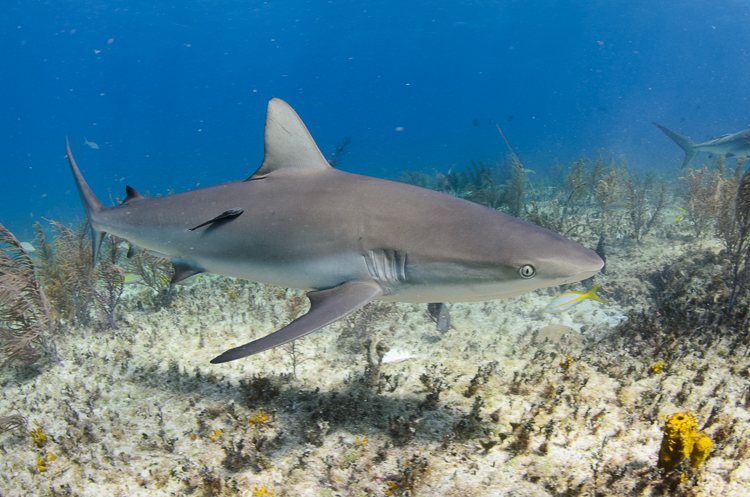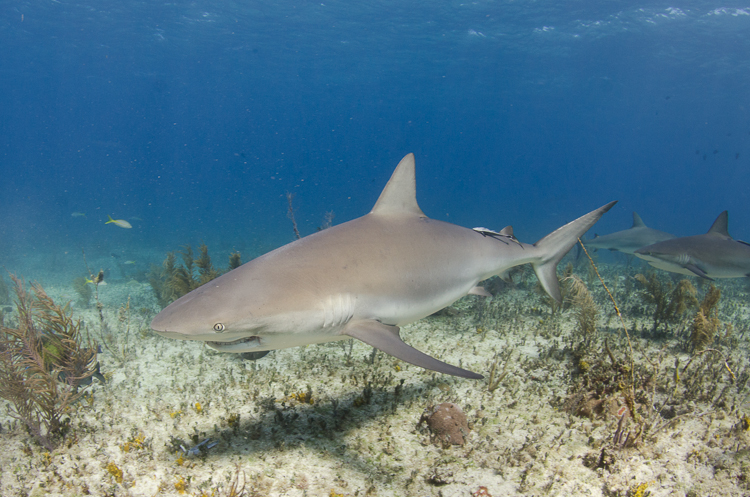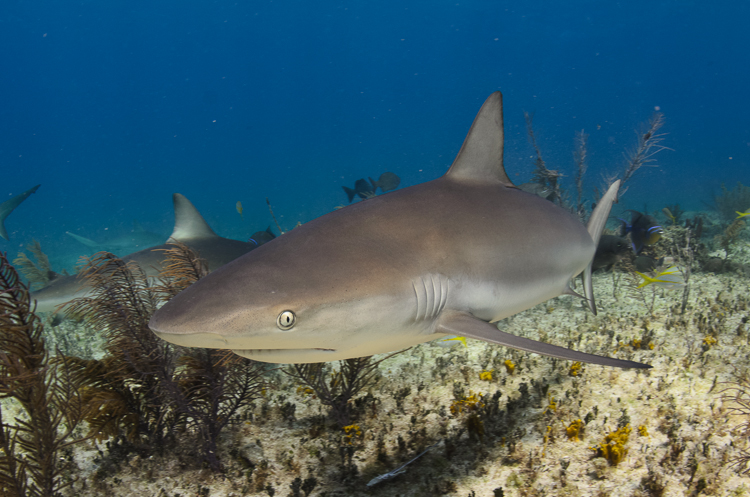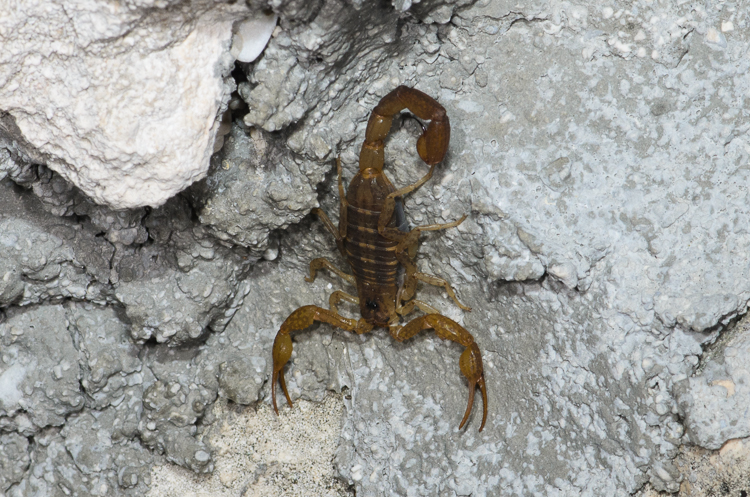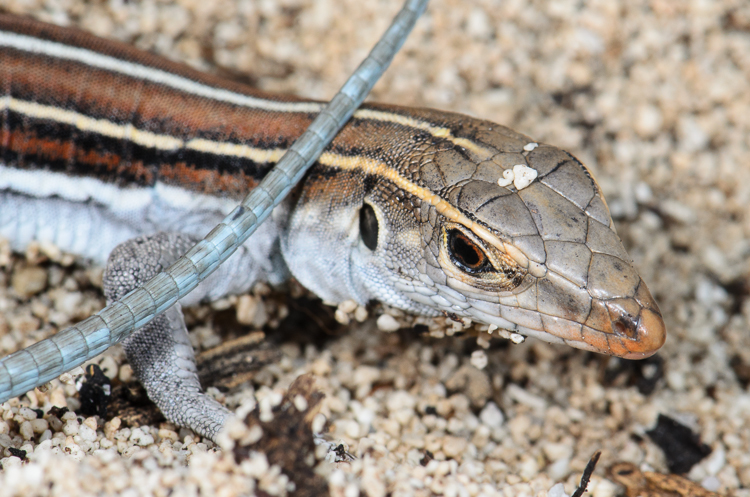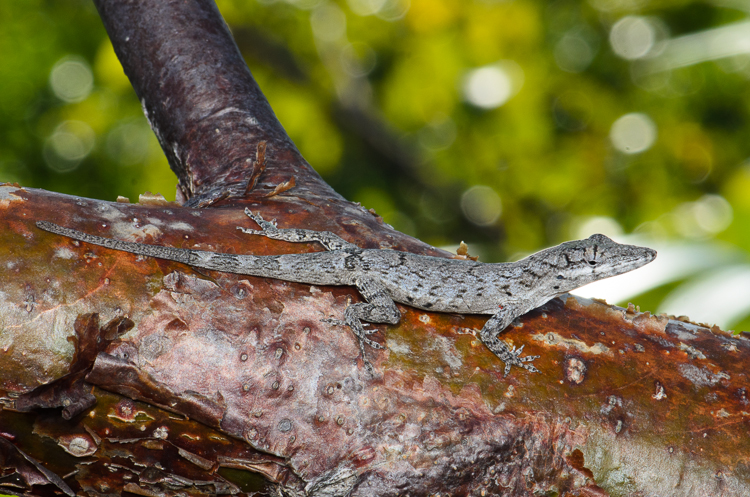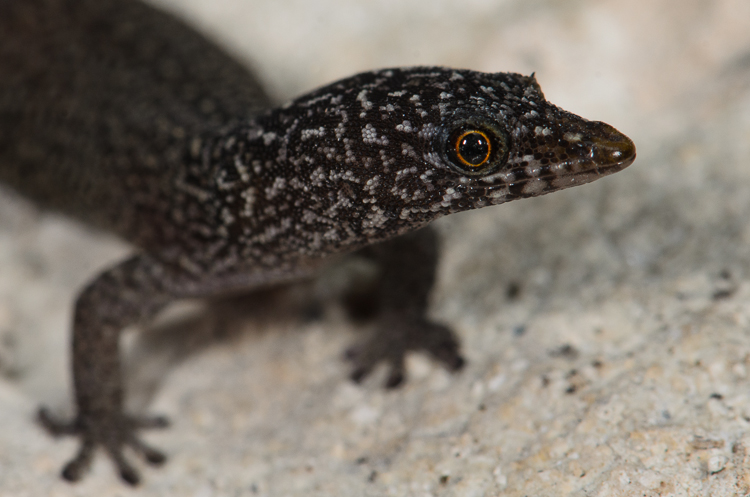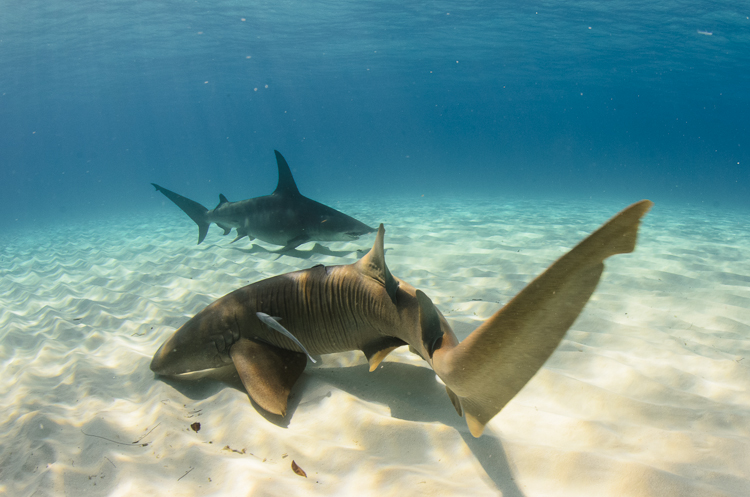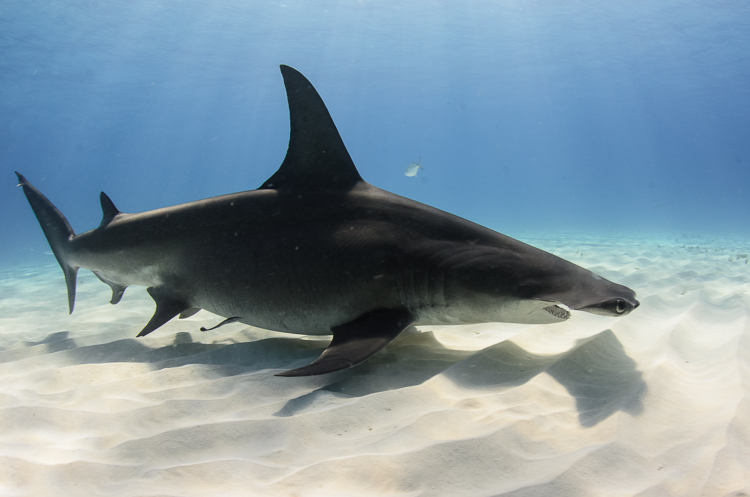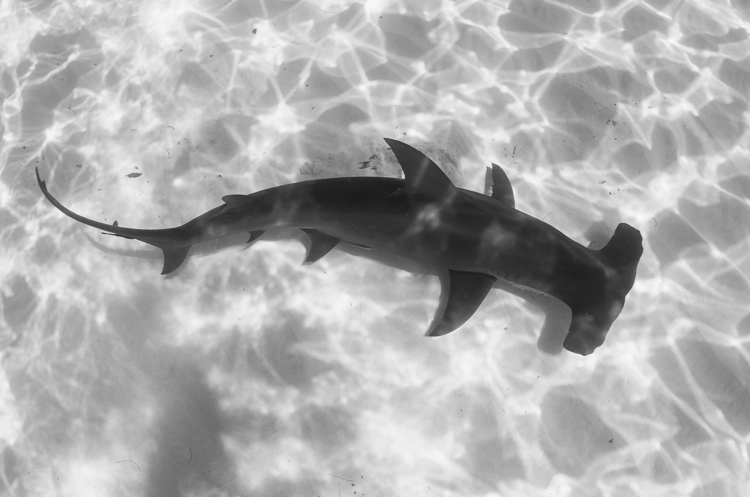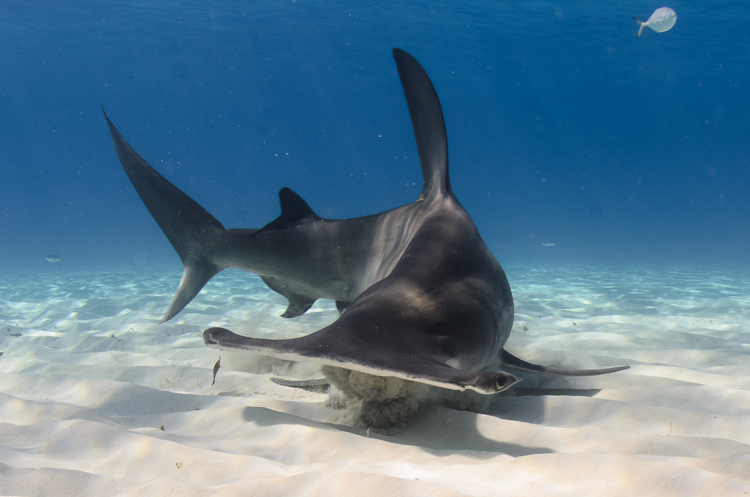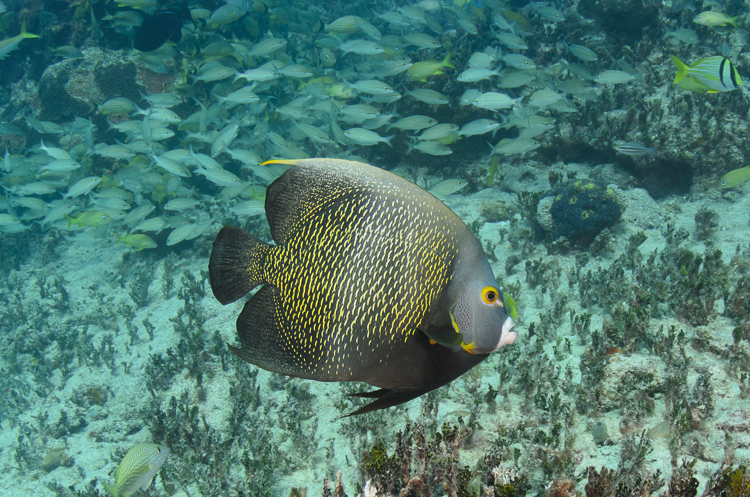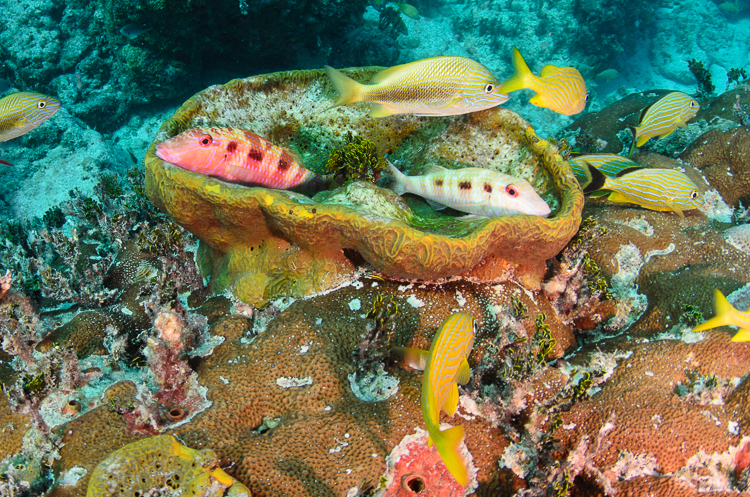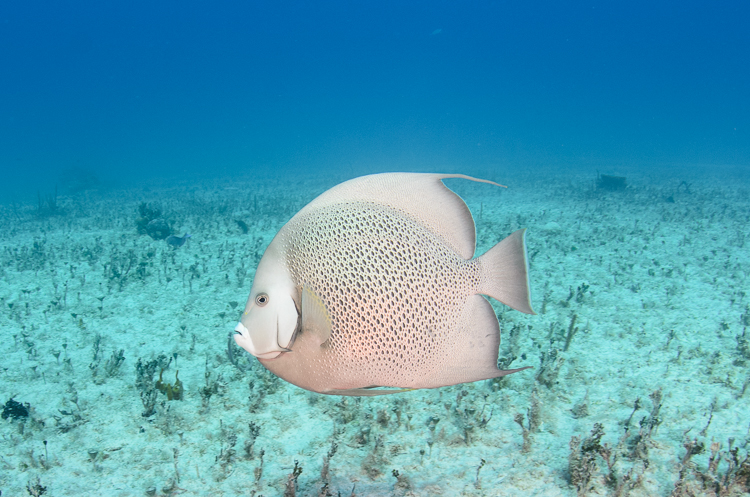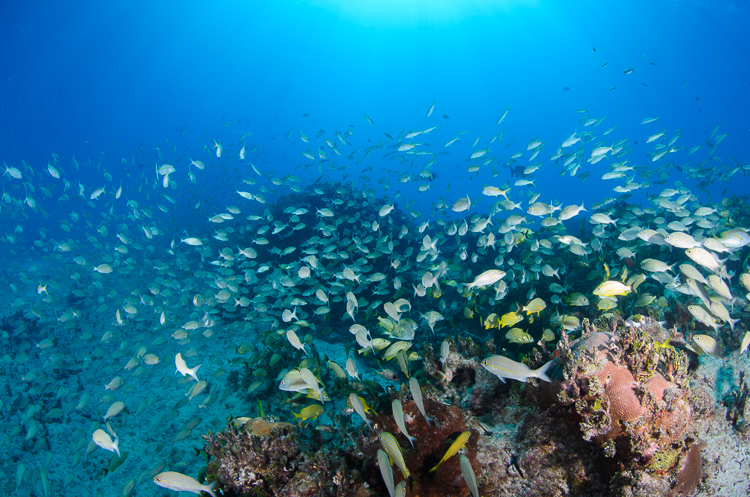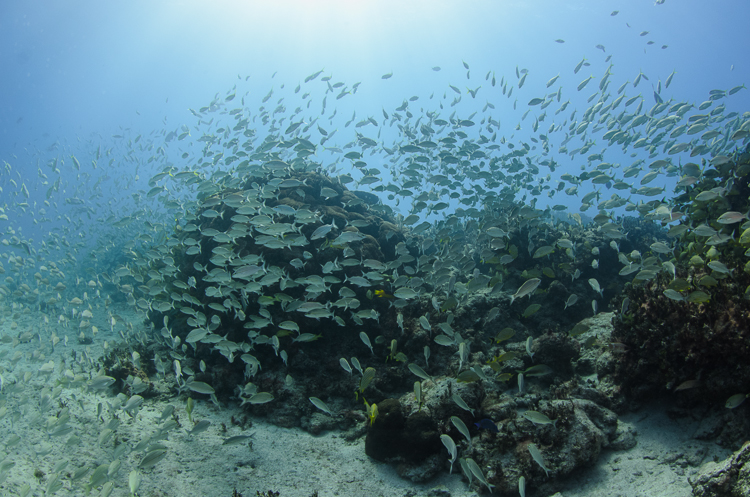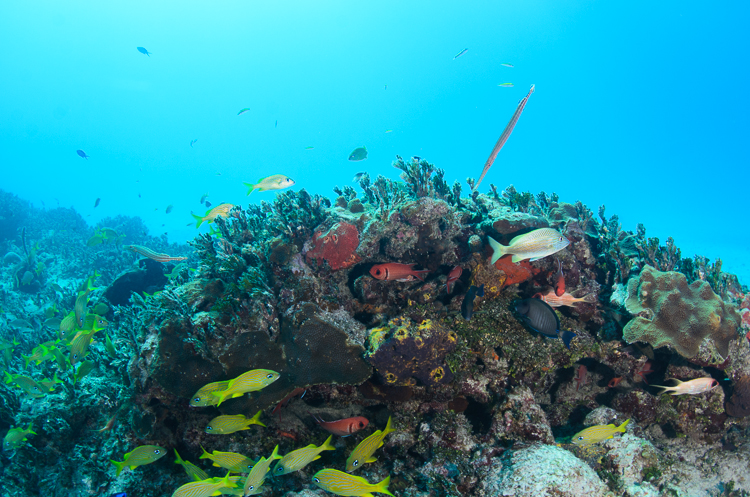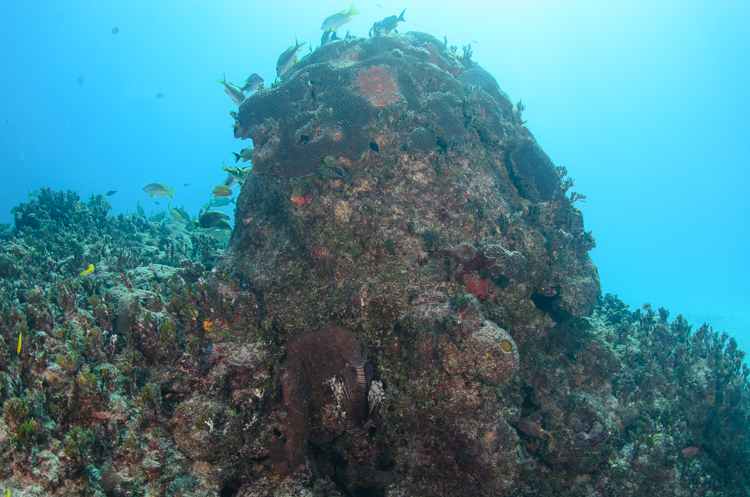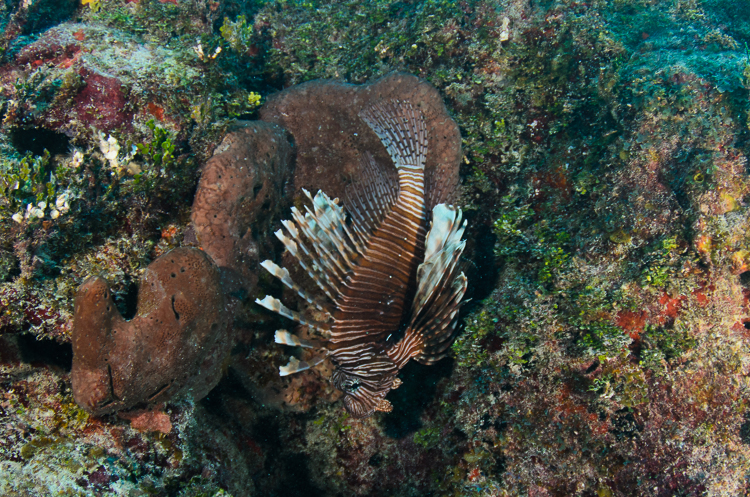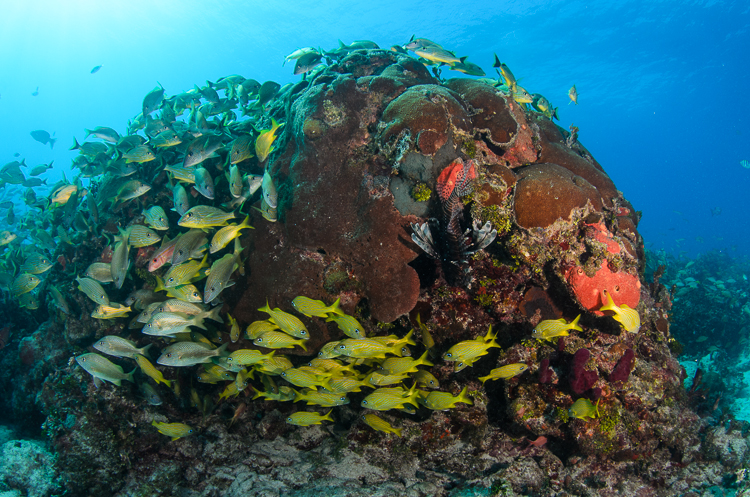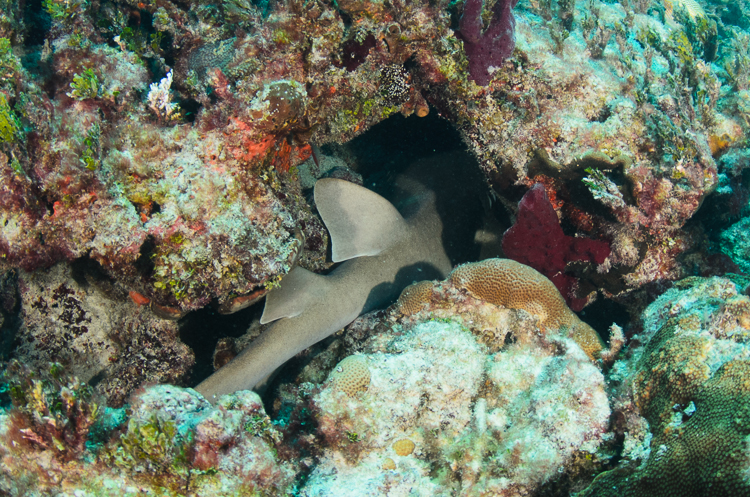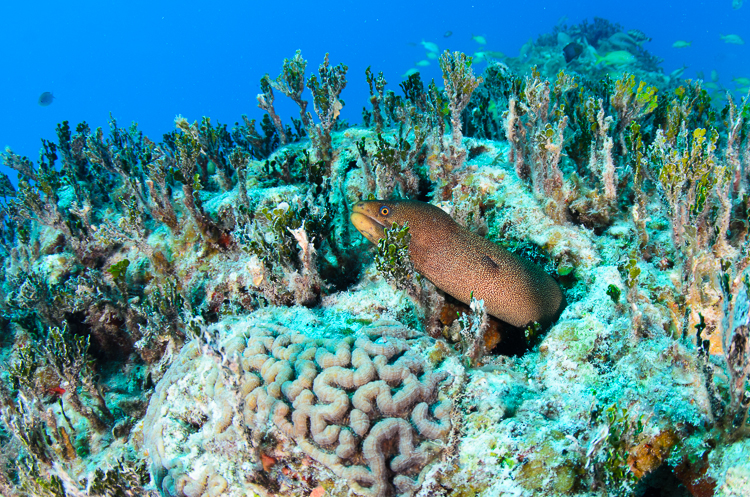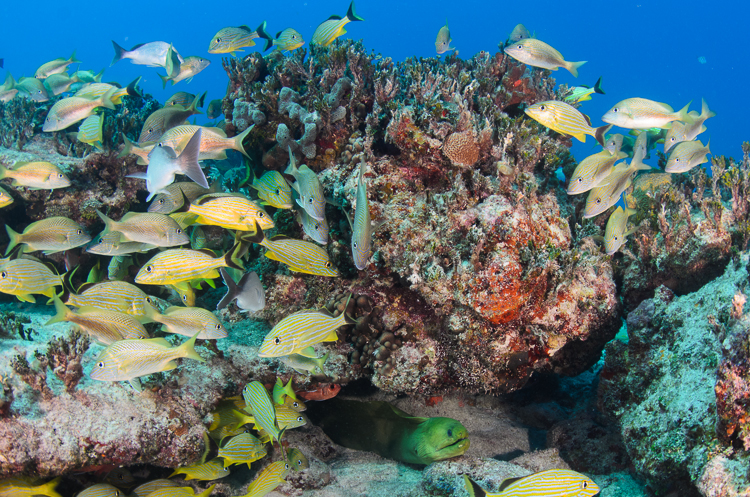Today I spent my morning herping, and as hard as possible. I was up at the crack of dawn and on the ferry over to South Bimini. I decided to spend as much of the morning walking the roads on South Bimini and exploring. I was hoping to find old homesteads, rock piles, trash, boards, etc. I also was planning on scanning the trees every step of the way to find my last elusive anole species, the twig anole. Quite the agenda for the day!
It started off fast. Right when I got off the land taxi to start the walk, I was able to find 3 out of the 4 anole species in one tree. Of course, there was not a twig anole.
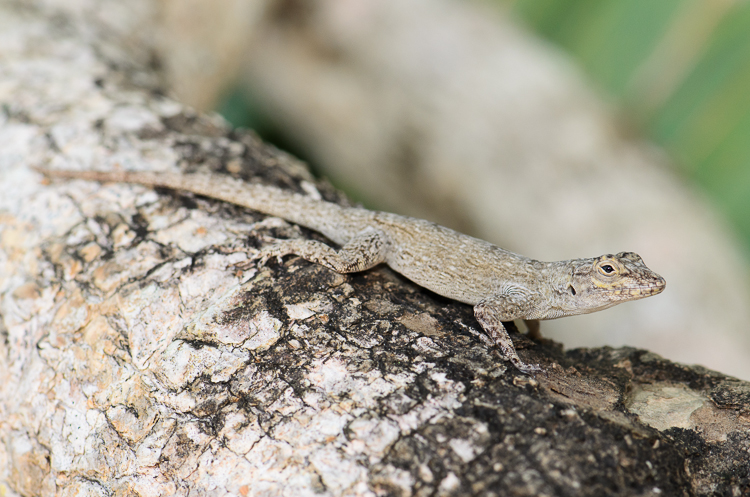 |
| Bimini Bark Anole Anolis distichus bimiensis |
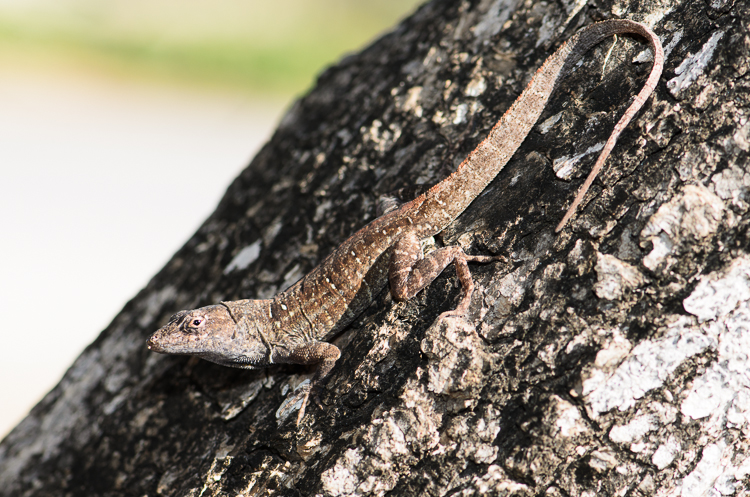 |
| Bahaman Brown Anole Anolis sagrei ordinatus |
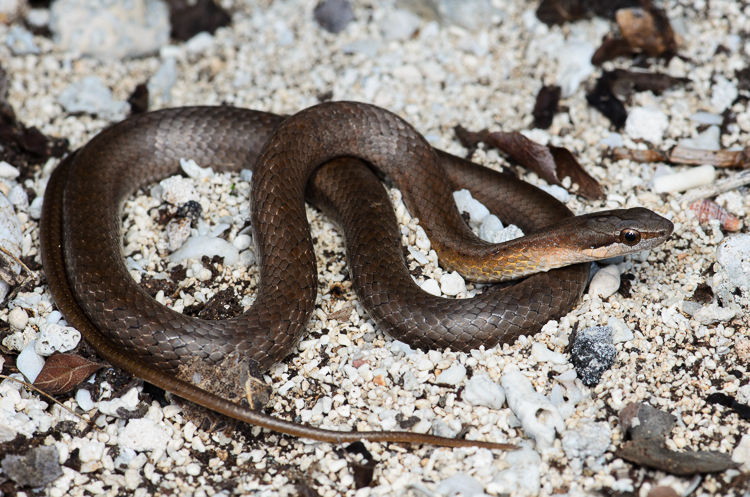 |
| Bimini Racer Alsophis vudii picticeps |
There was also a large DOR racer in the road to finish off my morning. Molly and I enjoyed a nice lunch and decided to rent a golf cart to explore North Bimini. We traveled all the way up north to the Resorts World resort. This place "seemed" real nice, and was the only place on island that took credit cards for small items. We enjoyed some nice gelato here and I was able to photograph a Palm Warbler calling from one of the trees.
Unfortunately, Resorts World is creating quite the controversy. It is making jobs and helping bring an influx of tourists. The resort is upgrading and enlarging the airport (destroying herp habitat!) to allow for larger jets. They are putting money into upgrading the islands sewers and water infrastructure. For an island culture based on fishing, diving, drinking and Hemmingway, some people think too many tourists may ruin a good thing. I don't really have much of an opinion there. What I do know is they are destroying the vital mangrove ecosystem that is so important to Bimini and the oceans. The fish, sharks, lobster, conch, and sea turtles all rely on the mangroves as a nursery. They talking about putting in a golf course (no room!) and they have already started construction on a major jetty for their large cruiseship/high speed ferry from Miami which has raised concerns over the reefs it is destroying.
We worked our way back south along the beach and I took the chance to flip rocks and logs when able. I was able to find another example of the sphaero species that eluded me earlier, and this time I made the grab. I shot a quick voucher shot for ID purposes, then tried to photograph it in a more natural environment. It disappeared immediately into the rocks. I am starting to hate sphaeros at this point. Lesson learned though - photograph in a room studio! A few more were seen but I couldn't bring any to hand.
There is a neat old shipwreck along the beach we stopped to check out.
From here we returned our cart and headed back to the room to get cleaned up for dinner. We took the taxi over to the south island to try some new dinner spots out and enjoyed a different view of the sunset than we were accustomed to.
This day would be my last dive day. I opted to skip one of the wrecks and stick to shallower water. Somehow, I was the only diver most of the days and essentially got private diving. This had been working to my advantage so far. I like to stay on shallower reefs to optimize bottom time and more photographic opportunities. We dove turtle rocks (hoping for a turtle), and the dive was full of life. The dive guy sketched out though and had me finish the dive at 45 minutes, with 1200 PSI left. What's the point of a shallow private dive then?
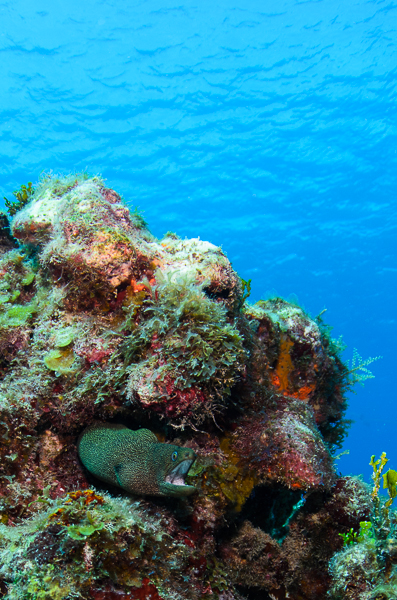 |
| Goldentail Moray Gymnothorax miliaris |
I guess turtle rocks is actually named because at very low tides the top of the coral formations are visible and look like the backs of turtles. They do sometimes have turtles too. Unfortunately, not today.
The second dive was a caribbean reef shark dive. It did not disappoint.
 |
| Caribbean Reef Shark Carcharhinus perezi |
That night I was able to convince Molly to go on a short night hike. She wasn't super excited about me walking around alone so joined me in the search for another Sphaerodactylus species. After about 10 minutes of searching I spotted our quarry, but it quickly disappeared. Luckily, another one was found under a rock and stayed put long enough to get a photo.
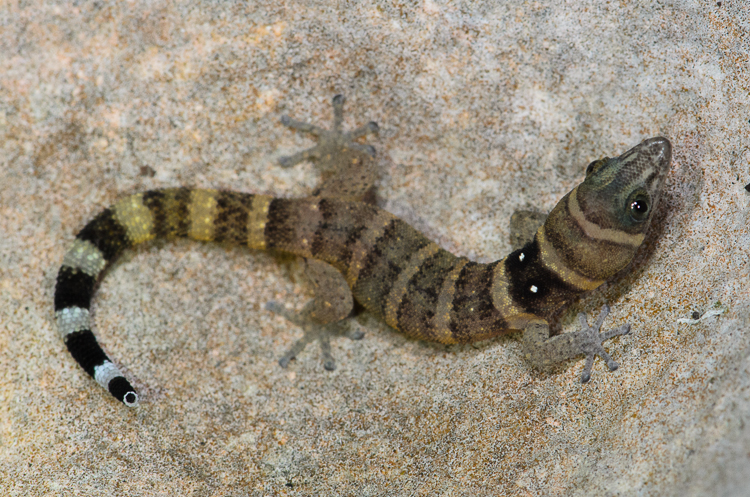 |
Black Spotted Dwarf Gecko Sphaerodactylus nigropunctatus flavicauda |
Our last day I went for a last ditch effort hike in the early morning. I was hoping to catch basking snakes and slow lizards in the early morning sun. A great idea, except I chose a location on the west side of the island. It took a few hours of hiking before the lizards even started to come out. I was able to flip this sickly looking Sphaero though. My third species of the trip.
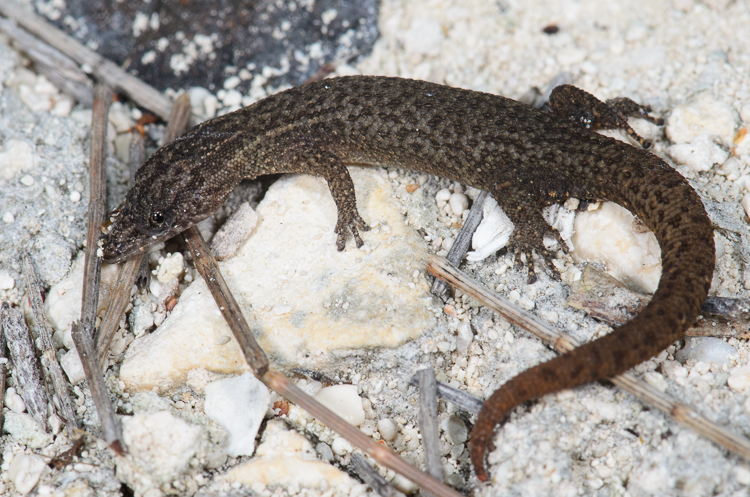 |
| Sphaerodactylus notatus |
My time was running short though as I had to make the trek back to north Bimini. Boas and twig anoles were just not in my cards. I was seeing and hearing more rustling in the trees though, and branches that were without lizards a couple hours ago now had them. One in particular caught my eye...
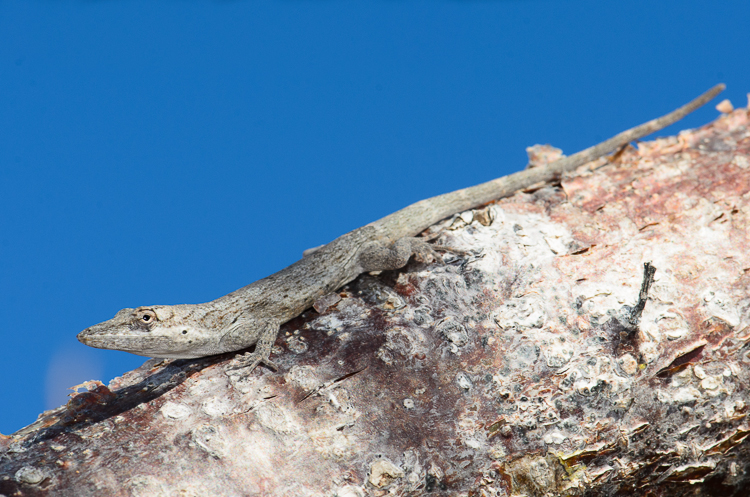 |
| Twig Anole Anolis angusticeps oligaspis |
I was beaming to finally knock off the last of the anole species on the island. Unfortunately, my time was now very much up and I had to hoof it back to the ferry quickly. Walking back through north Bimini though I spotted this on one of the streets near my hotel.
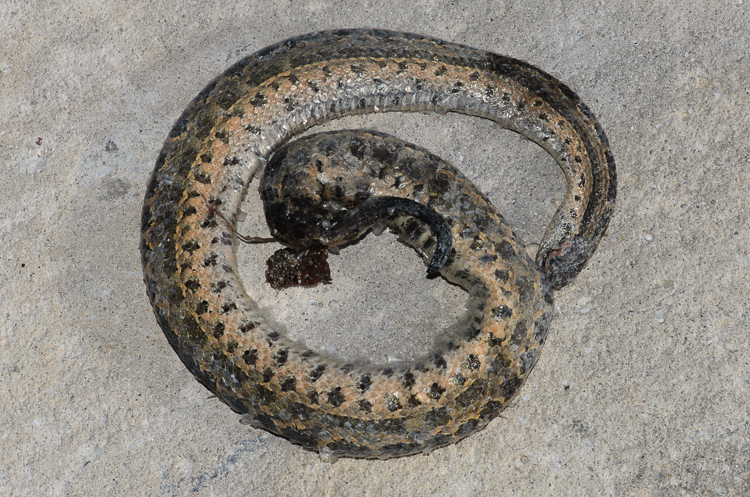 |
| Bimini Dwarf Boa Tropidophis canus curtis |
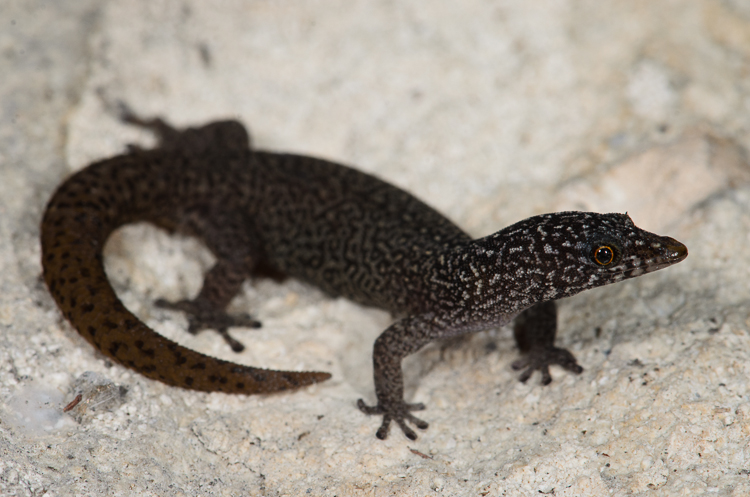 |
| Ocellated Gecko Sphaerodactylus argus |
A few more items of cover ticked off another one of Bimini's snake species for me.
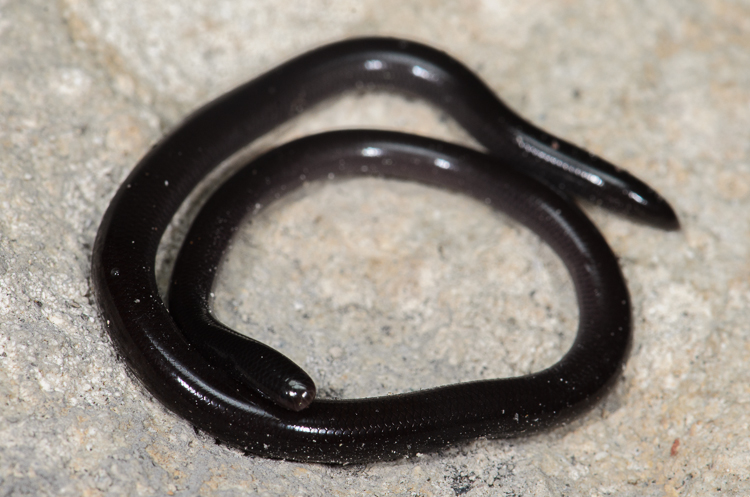 |
| Typhlops lumbricalis |
That afternoon we visited the Bimini Shark Lab. If you like sharks, you should check it out. They have a ton of really fascinating research ongoing in an effort to learn more about these fascinating creatures. At this time, the visit was free, but they asked for a donation.
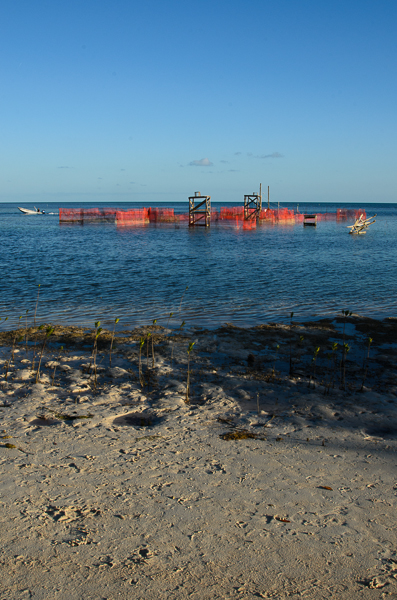 |
| A view of their lemon shark pens. |
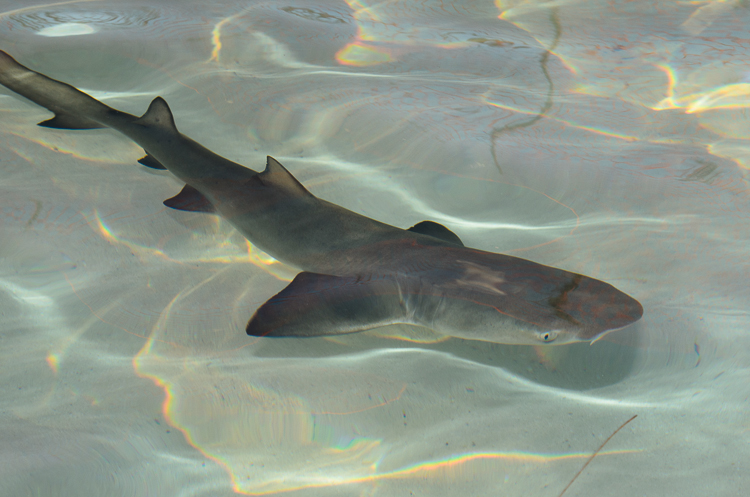 |
| Speaking of lemons... |
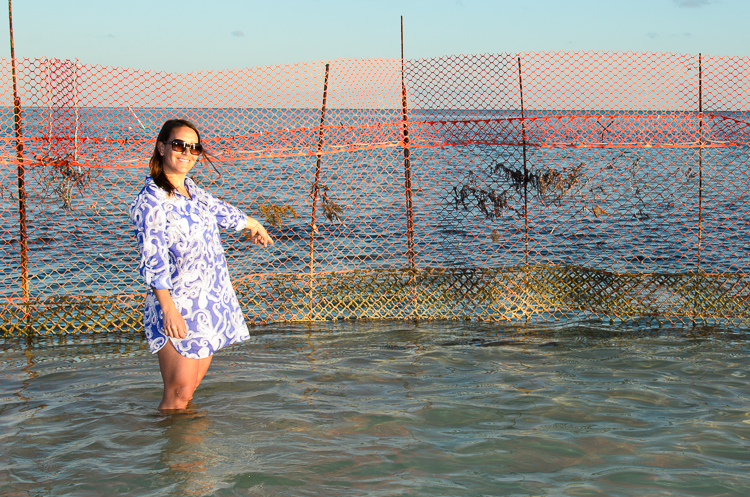 |
| Conquering old fears! |
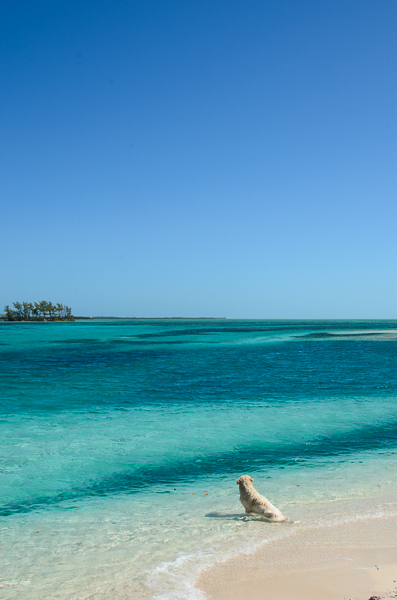 |
| Even the dogs enjoy the blue water. Farewell Bimini! |
BH
Bimini Part I, Bimini Part II, Bimini Part III.

